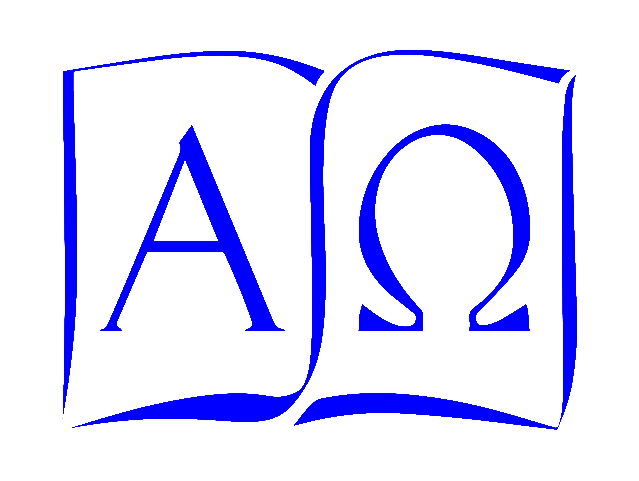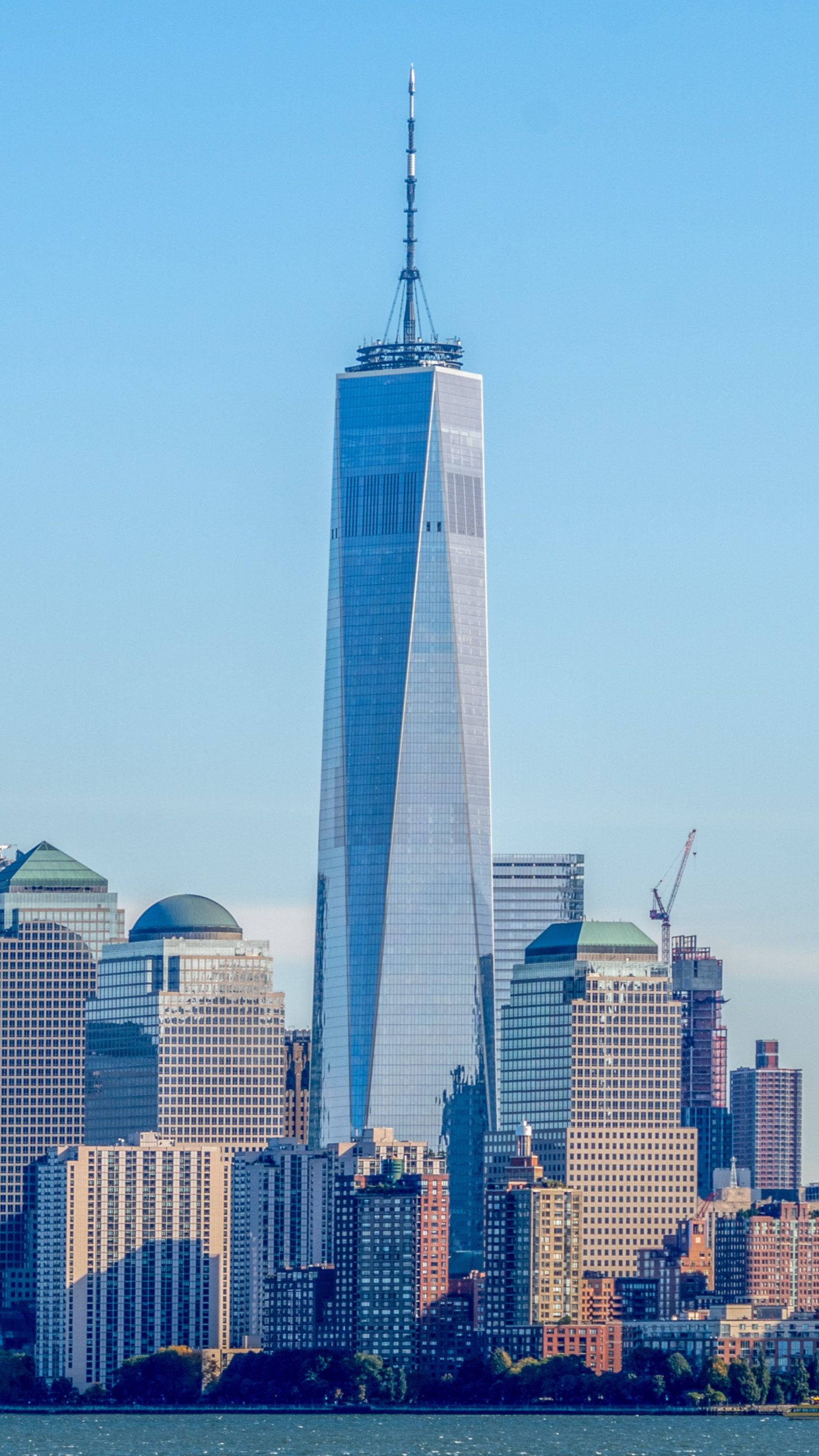On Nov. 3, 2014, One World Trade Center official opened. At 1776 feet, it is the tallest building not just in New York City, but in the Western Hemisphere. Its 94 stories begin at ground level in a square, but it changes shape as it rises. Its corners are tapered back from the twentieth floor to the fortieth floor so that it becomes a perfect octagon. Above the 40th floor, the corners continue tapering until another perfect square is formed at the top. Most of the building is occupied by the business offices, but the top three floors form a a publicly-accessible observation deck.
Every aspect of the project was reviewed and debated, from the site to the architectural design to the choice of construction companies. The artwork for the public areas came under public scrutiny. The engineers had to demonstrate building safety for earthquake, hurricane, and terrorist attack scenarios. Practical issues abounded: construction had to work around installations that had to be kept operational, like the transportation system docks and the radio stations, until the project was complete and could replace them. Even the name was a problem: the originally proposed “Freedom Tower” provoked enough ridicule among some groups that it was changed to the name of the original building it replaced.
The construction of such a large building is a a huge architectural and engineering achievement, and the construction of one that represents so many things to so many people another achievement in concensus-building.
For those of us who remember the events of Septemer 11, 2001, the new One World Trade Center is a monument to human perseverence…or stubbornness. When something important to us is destroyed, we buid again, often bigger. Whether we build better is another question.

